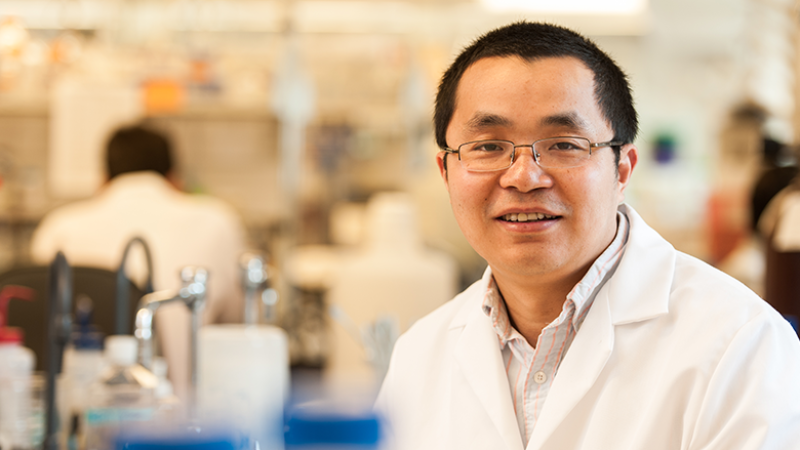February 28, 2019


The healthy development and looping of the heart depends on the chirality, or “handedness,” of cells, according to research at Rensselaer Polytechnic Institute. Chirality is a property of asymmetry that is identifiable when objects, like right and left hands, are mirror images of each other. Cells in the body also display chirality, but researchers are still working to figure out what role that may play in development and disease.
In embryonic development, the heart begins as a straight tube, but then it loops into an asymmetrical shape that more closely resembles an adult heart. According to research recently published in the Proceedings of the National Academy of Sciences (PNAS), cell chirality is responsible for the direction that the heart loops. This breakthrough is a significant step toward understanding how cell chirality may contribute to congenital heart defects.
“If looping doesn’t go
correctly, the four chambers of the heart may not be correctly separated. Then
when the blood is pumping through the heart, it won’t have enough energy or be
replenished properly,” said Leo Wan, professor of biomedical engineering at
Rensselaer, who led this research.
Wan’s research team for
this project included Mingfu Wu, a developmental biologist from Albany Medical
College, as well as Poulomi Ray, Amanda Chin, Kathryn Worley, Jie Fan, and
Gurleen Kaur from Rensselaer.
Wan and his team also studied what effect certain drugs had on the chirality of cardiac cells, and found that some did reverse cell chirality. Under these same drugs, the looping direction, cell alignment, and cell organelle positioning were reversed as well. Wan said that all the data strongly suggests cell chirality plays a role in cardiac asymmetric development.
To help determine the
chirality of the cardiac cells, the researchers used a tool they recently
developed that enables them to look at cells in 3D. The technique, also
published recently in PNAS, places the cells on a platform between two
layers of gelled protein, mimicking their natural environment.
Wan said the implication of this most recent finding is that researchers may now be able to uncover if other chemicals or diseases affect cell chirality, contributing to defects. They also may be able to determine what substances pregnant women should avoid to ensure healthy heart formation.
“We know that oral
vitamin supplements help fetal brain development,” Wan said. “There’s a chance
that something can be added to help the heart maintain normal development as
well.”
The National Institutes of Health, American Heart
Association, March of Dimes, National Science Foundation, and Pew Charitable
Trusts provided financial support for these research projects.